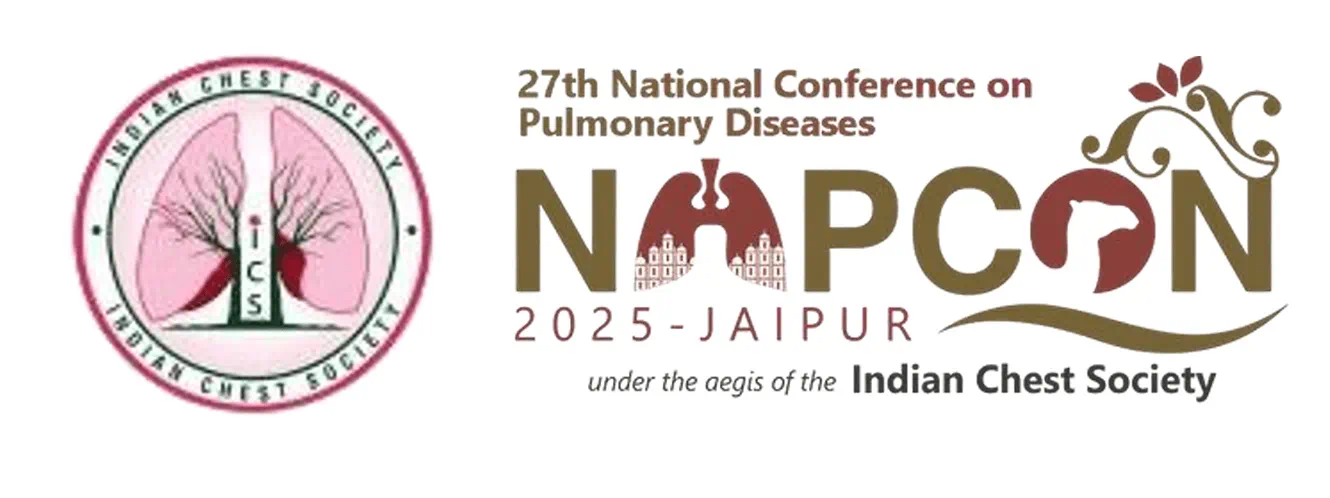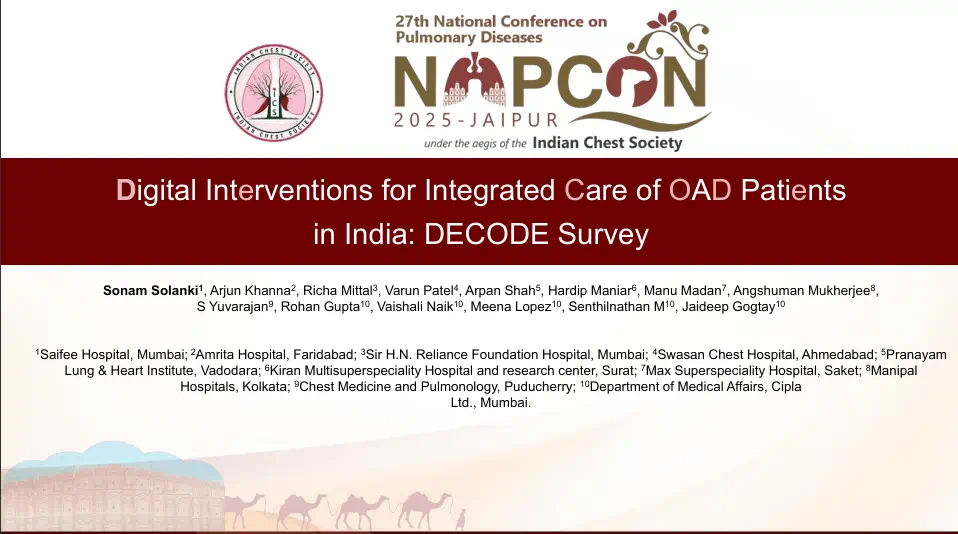Infants with PPHN Burdened with Increased Morbidity and Mortality Risk in the First Year of Life
Background
Neonatal mortality and hospital course of infants affected with persistent pulmonary hypertension of newborn (PPHN) have been well defined. But little is known about the post-discharge morbidity and mortality associated with this condition in infants.
Objective
This study assessed the post-discharge mortality and morbidity during the first year of life in infants diagnosed with different etiologies and severities PPHN. The study also identified the risk factors for these adverse clinical outcomes.
Study Participant Profile
- Infants (gestational age ≥34 weeks) with PPHN (n=7847) and infants without PPHN (n=3974536)
Methods
Study Design
- A population-based study
Data Extraction
- Data for this study was extracted from the administrative dataset that linked birth and death certificates, hospital discharge and readmissions records from 2005 to 2012 in California
Primary Outcome
- Post-discharge mortality or hospital readmission during the first year of life
- Identifying the risk factors for adverse clinical outcomes
Results
The most common etiologies for PPHN in the study population were as mentioned in table 1:
|
Etiology |
Proportion |
|
Infection |
33.1% |
|
Meconium Aspiration Syndrome (MAS) |
20.7% |
|
Idiopathic |
20.3% |
|
Respiratory Distress Syndrome (RDS) |
8.4% |
|
Others |
7% |
|
Congenital diaphragm Hernia (CDH) |
6% |
|
Other anomalies of respiratory system |
4.5% |
- Infants with PPHN were more likely to be born prematurely, to be small for gestational age as well as large for gestational age
- The adjusted risk ratio (aRR) for the primary outcome was higher in infants with PPHN vs. those without PPHN (Table 2).
- Infants with only mild PPHN (n = 2477) also had a higher aRR for the primary outcome vs. infants without PPHN (Table 2).
- As compared to infants without PPHN, those with CDH as etiology for PPHN had the highest aRR for primary outcome, this was followed by infants with MAS as the etiology of PPHN (Table 2)
|
Study group |
aRR |
95% CI |
|
Infants with PPHN |
3.5 |
3.3-3.7 |
|
Infants with mild PPHN |
2.2 |
2.0-2.5 |
|
Infants with CDH as etiology of PPHN |
8.6 |
7.0-10.6 |
|
Infants with MAS as etiology of PPHN |
4.0 |
3.6-4.4 |
- Hispanic ethnicity (aRR, 1.2; 95% CI, 1.1-1.4), small for gestational age (aRR, 1.2; 95% CI, 1.1-1.3), severity of PPHN (aRR, 1.6; 95% CI, 1.5-1.8 for severe vs. mild PPHN), and etiology of PPHN were the risk factors for the primary outcome.
Conclusions
- Infants with PPHN in first year of life had a more than three-fold higher risk of post-discharge mortality or hospital readmission, as compared with infants without PPHN.
- The readmission rates were highest among infants with severe PPHN, CDH, though infants with mild PPHN and those with short-term PPHN etiologies also had substantially higher mortality and morbidity burden.
- Hispanic ethnicity, small for gestational age, severity and etiology of PPHN were the risk factors for post-discharge morbidity and mortality during the first year of life.
J Pediatr. 2019; 213:58-65.e4.









